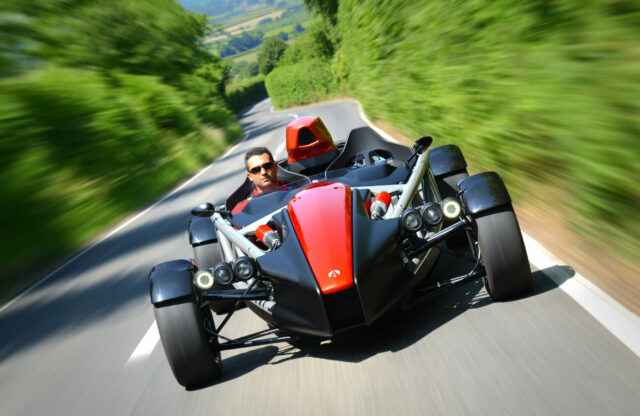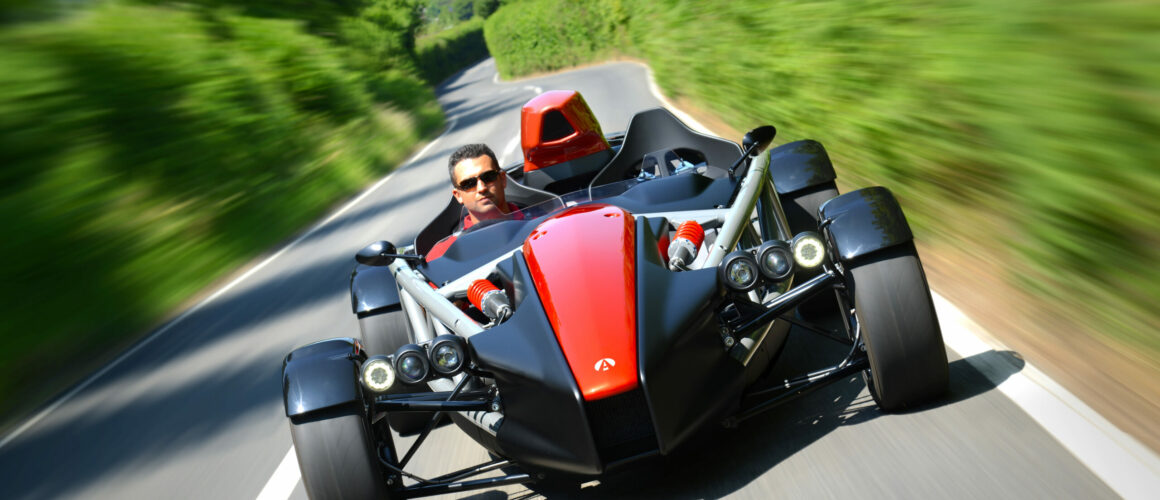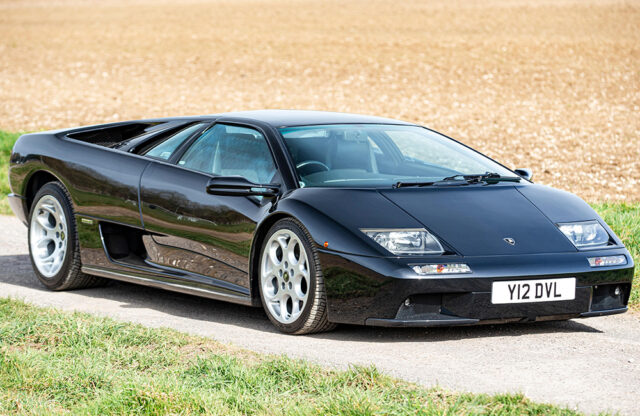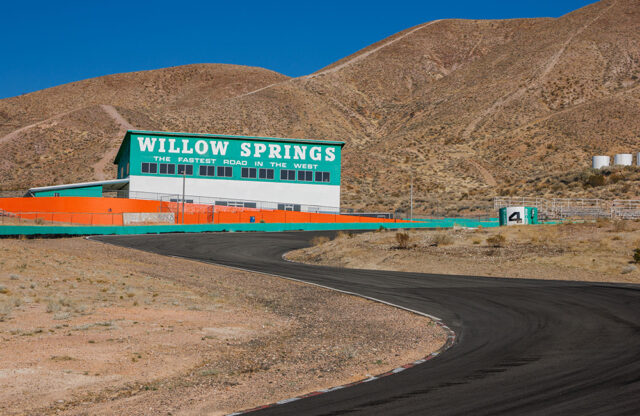Could the Ariel Atom be the 21st century’s answer to the Lotus Seven? Simon Saunders’ own vision of a sports car was first previewed in 1996 and put into production four years later, and since then it’s become the definitive extreme road racer.
Don’t expect doors, windows or a windscreen, while even body panels are scant. The Atom is pretty much an advanced tubular chassis and little else. It is a pared-back, basics-only sports car.
The first models used a Rover K-series engine before moving onto Honda VTEC power. Despite these units coming from mainstream production hatchbacks, the Atom’s light weight meant it could zip to supercar speeds in a flash.
Of the K-series Atoms, which made 120bhp-190bhp, very few come up for sale today, so it may be worth focusing your efforts on sourcing one of the Atom 2 or later models. The Atom 2 was released in 2003 using a JDM-spec 2.0-litre Honda VTEC engine, and benefitted from numerous chassis tweaks. These versions are more common, and rather more powerful – 220bhp and 245bhp variants welcomed the brave, but the 275bhp and 300bhp supercharged versions were available for the suitably unhinged. Both cars received a 25bhp power hike in later years.
The Atom 3 appeared with a newer Honda engine that incorporated balancer shafts and a revised chassis. More interior room was offered, and a small, vestigial windscreen became an option to make helmet-free driving a possibility. A Quaife limited-slip differential was available, too.
In 2013 the Atom 3.5 appeared, with another update to the Honda engine and more chassis tweaks. Engine outputs remained largely the same as before, with minimal power hikes, but there were detail changes such as a digital dashboard and a slightly stiffened chassis.
Meanwhile, in 2010 the V8 model arrived, with a 475bhp 3.0-litre engine and major suspension changes. To stop the car taking off, large front and rear wings were added in a bid to boost downforce; the Atom V8 remains one of the fastest road-legal cars in existence.
Now on its fourth generation (excluding limited-edition variants), the Atom may look broadly similar to the original, but it has been completely redesigned from the ground up. Honda still provides the motive power via the 2.0-litre turbo now delivering 320bhp. All but the most expensive hypercars simply won’t be able to keep up with you.
ENGINE AND GEARBOX
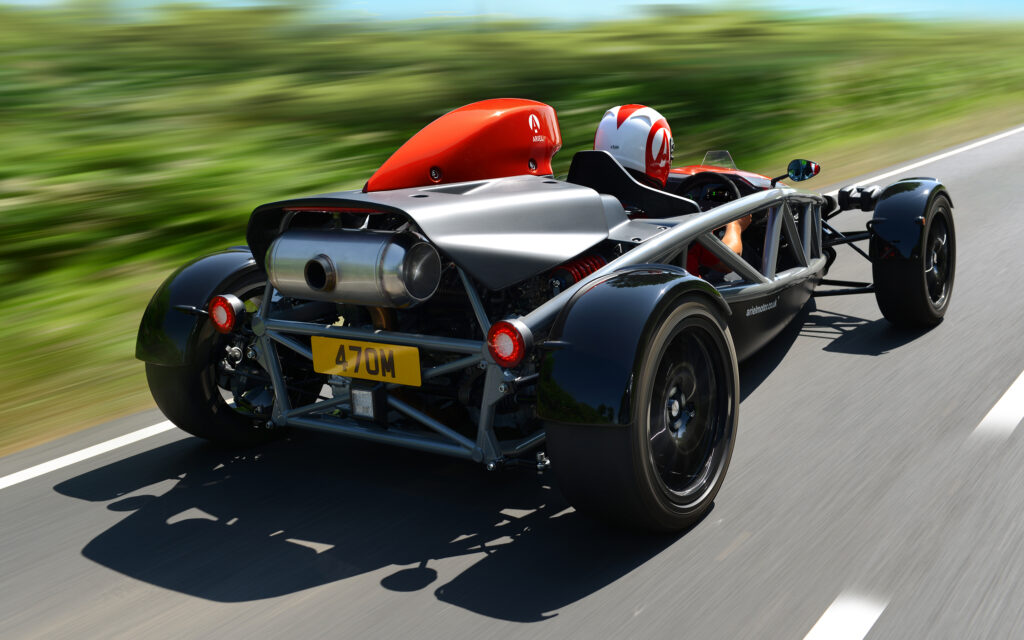
The early K-series-powered cars are generally dependable, and the head-gasket problems the unit became notorious for rarely affect the Atom because there is little in the way of bodywork to disrupt cooling.
The Honda-powered cars are reliable, naturally aspirated or otherwise. Check the fluids regularly, because oil surge when levels are low can occur under hard track use. Servicing should take place every year or 4500 miles. Erratic acceleration on part throttle could be down to a sodden spark-plug cap, unclean throttle body or iffy throttle-position sensor.
Rover gearboxes can be awkward to operate but are pretty robust. Honda units are smoother, yet the Atom 2 has exhibited some issues with the synchros, especially in the upper four ratios. Newer models use a more reliable six-speeder. Gearbox oil should be changed with the same frequency as the engine lubricant. Clutches tend to be long lasting, but replacing them is a labour-intensive, engine-out undertaking.
SUSPENSION AND BRAKES
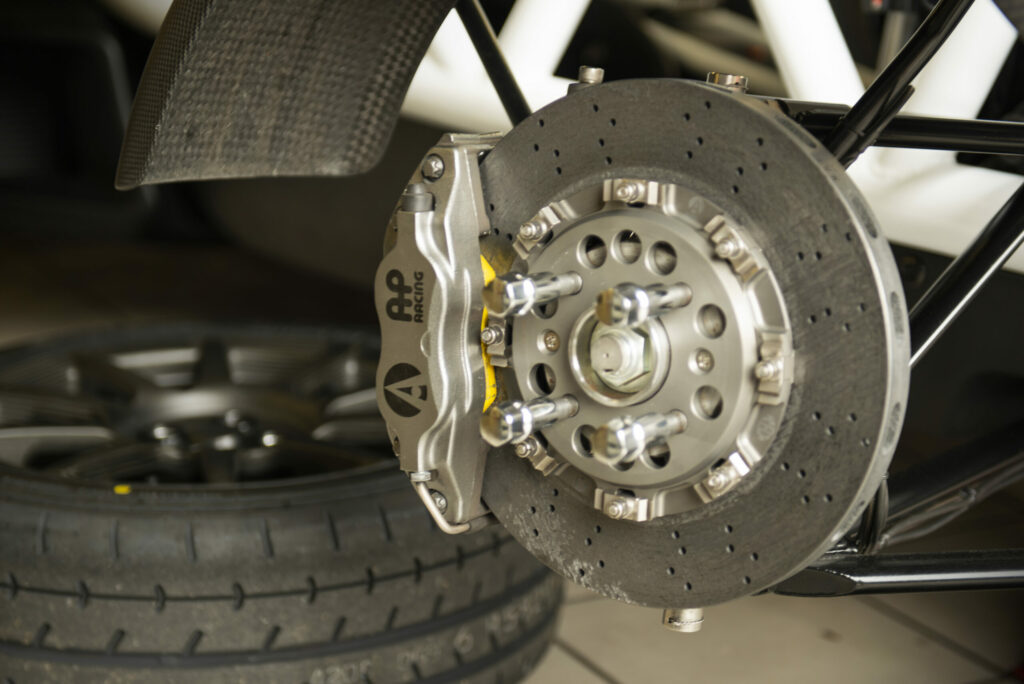
You can expect the suspension bushes to last for five years, although you’ll get through them quicker if you’re a track-day regular. Pre-2011 Atoms are known to wear out their rear wheel bearings, so listen out for any grumbling sounds.
The Atom 3 had a much more comfortable ride compared with its forebears thanks to its adjustable dampers. The rose-jointed suspension and track-rod ends can wear over time, as can steering-column bushes.
Parts supply is generally good, and there isn’t a great deal to go wrong, other than wear-and-tear items. Thanks to the low weight, the brakes and tyres are fairly under-stressed, even with track use.
The Atom 2 and 3’s one-piece brake discs are no longer available from maker Alcon, but Ariel can supply alternatives. Floating two-piece items are available via the aftermarket, and are more than up to the job, according to owners.
BODYWORK AND INTERIOR
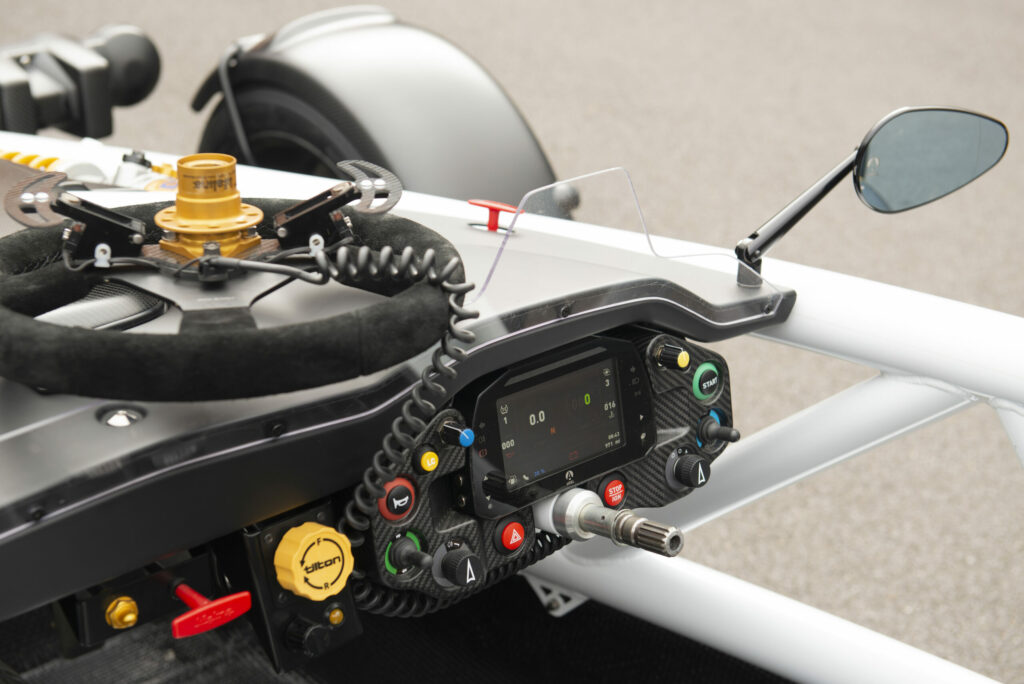
What bodywork, you might say? The body is the chassis; this can be subject to stone chips, with corrosion swiftly following. Check for accident damage, because fixing the frame is a costly job.
Figuring out where the exterior ends and interior starts can be tricky. Aside from a set of seats and basic switchgear, there is not much to look at ‘inside’. Instrument packs can fail on older cars, and replacements are expensive.
While the plastic bucket seats are hardy items, you can have moulded-resin inserts made. You’ll be looking at around £500 to have that done, but a cheaper option would be to have a set of pads made for the base, shoulder, back and head.
WHICH TO BUY

The Ariel Atom is a car with a philosophy – if something doesn’t add to the driving experience, it’s not going in. As a result, this is pure, extreme motoring, and an experience that goes beyond mere driving. Not many road-legal cars recommend you don a helmet for a drive to the shops, and the closest competitors tend to be of the two-wheeled variety.
Supply is low but demand remains high, meaning that Atoms don’t really depreciate. Indeed, the V8s are now worth significantly more than they cost new. Most examples have low mileages, and have been well cared for and kept inside out of the UK’s weather. Limited-edition variants can be expensive, but any model will more than suffice if you’re demanding an immersive and exhilarating drive.
The best thing is that the Ariel Atom owners’ club is filled with passionate enthusiasts – and it’s easy to understand why owners love them and rarely want to part with their pride and joy. Just spend five minutes in one and you’ll see, too…
WHAT TO PAY

“We don’t formally price Ariel Atoms in the UK or US due to their relatively low volumes and the individuality of each car,” explains Hagerty valuation expert Richard Salmons. “Values are better determined based on specification, use and history, rather than our usual condition-based benchmarks.
“In the UK, a Series 3 Atom typically ranges from under £20,000 for a heavily used track car, up to around £30,000, or slightly more, for one with lighter use and a more desirable history.
“In the US, pricing is a little different, because cars were produced by different companies over time. Values tend to range from just over $30,000 for well used, tracked examples up to north of $70,000 for those with minimal use and high specifications.”
SPECIFICATIONS

2.0-litre inline-four supercharged (Atom 3 300)
Power: 300bhp
Top speed: 155mph
0-60mph: 3.1 seconds
Economy: 25mpg (est)
2.0-litre inline-four turbocharged (Atom 4)
Power: 320bhp
Top speed: 162mph
0-60mph: 2.8 seconds
Economy: 30mpg (est)
